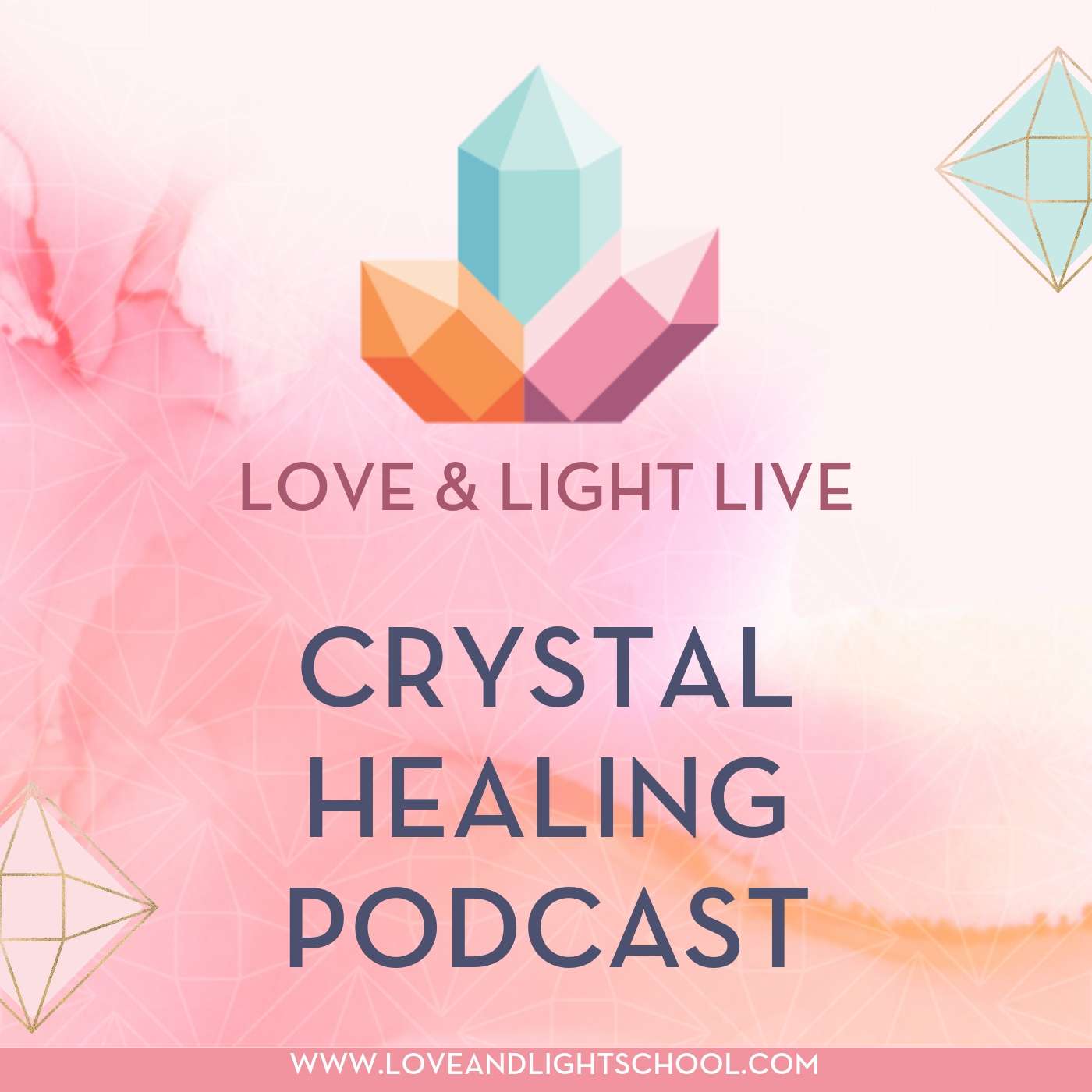- religion
- SEE MORE
- classical
- general
- talk
- News
- Family
- Bürgerfunk
- pop
- Islam
- soul
- jazz
- Comedy
- humor
- wissenschaft
- opera
- baroque
- gesellschaft
- theater
- Local
- alternative
- electro
- rock
- rap
- lifestyle
- Music
- como
- RNE
- ballads
- greek
- Buddhism
- deportes
- christian
- Technology
- piano
- djs
- Dance
- dutch
- flamenco
- social
- hope
- christian rock
- academia
- afrique
- Business
- musique
- ελληνική-μουσική
- World radio
- Zarzuela
- travel
- World
- NFL
- media
- Art
- public
- Sports
- Gospel
- st.
- baptist
- Leisure
- Kids & Family
- musical
- club
- Culture
- Health & Fitness
- True Crime
- Fiction
- children
- Society & Culture
- TV & Film
- gold
- kunst
- música
- gay
- Natural
- a
- francais
- bach
- economics
- kultur
- evangelical
- tech
- Opinion
- Government
- gaming
- College
- technik
- History
- Jesus
- Health
- movies
- radio
- services
- Church
- podcast
- Education
- international
- Transportation
- Other
- kids
- podcasts
- philadelphia
- Noticias
- love
- sport
- Salud
- film
- and
- 4chan
- Disco
- Stories
- fashion
- Arts
- interviews
- hardstyle
- entertainment
- humour
- medieval
- literature
- alma
- Cultura
- video
- TV
- Science
- en
Does Crystal Healing With Glass Work? Controversy in the Crystal World…

Glass is not a crystal, so does crystal healing with glass work? Like quartz, glass is composed of silicon dioxide, and both materials are clear in their purest state. The difference is in the way they form. Quartz forms very gradually, aligning its molecules one by one into a perfect crystal lattice. In contrast, glass forms when the silicon is heated and quickly cooled, either by the earth or by man. The quickly cooled molecules have no time to form a lattice, and instead solidify with no particular pattern. So the question sometimes comes up: Since crystal healing works by aligning the perfect structure of crystals with the energy field of the human body, does glass even have metaphysical properties? What, if anything, are the various forms of glass good for? The answer is that glass has its own kind of magic. While it lacks crystal structure, other characteristics give the various forms of glass their own power: color, included materials, light refraction or reflectivity, shape, tradition and history. In fact, humans have used glass so long, we could think of glass as sort of the "domestic dog" of the mineral world; it's such a part of human culture that our paths are intertwined. Tools and weapons using obsidian date back to prehistory, including some of the oldest artifacts known. Glass jewelry has long been treasured. And glass mirrors gave people the ability to look at ourselves, bringing us to reflect on our own identity. Want More Science? Glass and Quartz are polymorphs: same substance, different form. When silicon dioxide builds up gradually over time, its trigonal lattice forms into the hexagon shape distinctive of Quartz. But in some cases, both natural and artificial, the silicon dioxide cools much more quickly, and doesn’t have time to form this structure. Instead, the molecules align themselves randomly. Glass is a non-crystalline amorphous solid. Natural forms of Glass: Obsidian has a long record of use. Not only did its sharp points come in handy for weapons and tools, its reflectivity made it an excellent material for mirrors. In fact, a piece of polished black obsidian still makes the best and most natural black mirror for scrying (divination) and meditation. Obsidian's properties include exposing the truth in any situation, removing negative energy, grounding and balance, finding and correcting one's own weaknesses, and addressing power struggles. Obsidian mirrors are also ideal for a number of shamanic uses, including divination and time travel. Obsidian is mostly silicon dioxide, but also contains other minerals that turn it dark. Some special forms of Obsidian: Sheen Obsidian, which may contain air bubbles (gold sheen) or magnetite (rainbow sheen). Snowflake Obsidian forms when, over time, obsidian begins to crystalize. The "snow" in this obsidian is actually crystals of cristobalite - similar to quartz, but with its own distinctive structure. The snowflakes are called “phenocrysts.” Apache Tears: A natural form of volcanic glass -- mainly obsidian, often with a dusting of perlite. The name "Apache tears" comes from a combination of history and legend. In the 1870s, a band of Apache warriors was hiding from the US Cavalry in the rugged mountains of Arizona. They believed their hiding spot was too remote for anyone to find, but the soldiers managed to track them, taking them by surprise with overpowering numbers. Fifty Apache men were killed in the ambush; the rest escaped only by running their horses off a cliff and falling to their deaths. For years afterward, people found their bones among the stones of the Pacacho Canyon. They also found the globules of dark, volcanic glass we now know as Apache tears. The legend arose that these were the tears of the Apache women, frozen into stone so their grief might never be forgotten. A later addition to this legend claims that anyone given an Apache tear as a gift will never have to cry again,